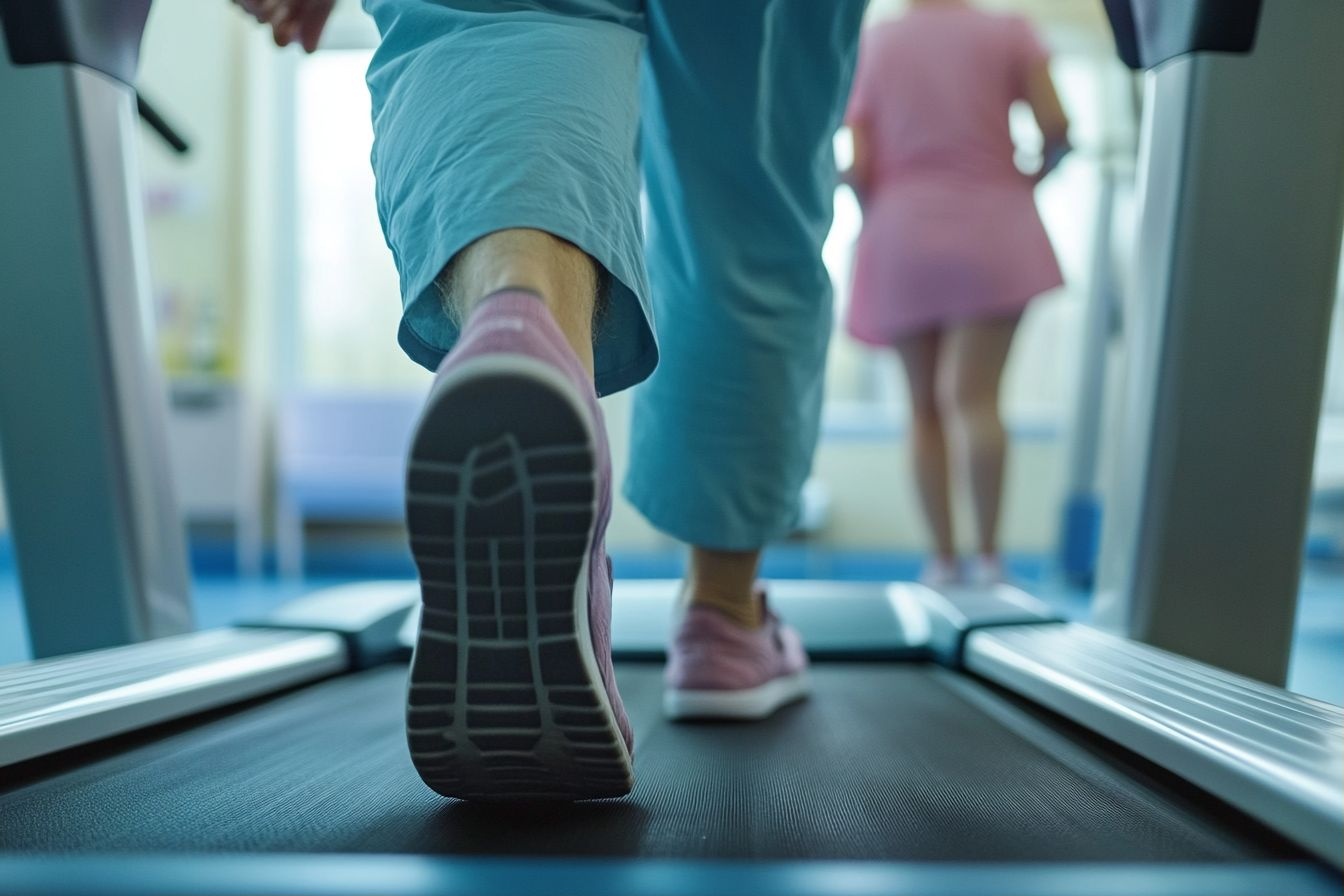Barefoot Shoes Are Trending: Why Minimalist Footwear Is Taking Over in 2025
In 2025, barefoot shoes — also known as minimalist or zero-drop shoes — are evolving from niche fitness gear into mainstream fashion and wellness essentials. Promising improved foot strength, natural movement, and modern aesthetics that blend style with comfort, the barefoot footwear trend is gaining global traction. This article explores the science behind the movement, its design evolution, and the key factors driving its growing popularity across lifestyle and performance markets.

Modern consumers are increasingly questioning conventional footwear design, leading to unprecedented growth in the barefoot shoe market. This movement represents more than just a fashion trend—it’s a fundamental reconsideration of how shoes should support natural human movement and foot health.
What Are Barefoot / Minimalist Shoes?
Barefoot shoes, also known as minimalist footwear, are designed to mimic the experience of walking barefoot while providing basic protection from environmental hazards. These shoes feature ultra-thin soles, typically measuring 3-10 millimeters thick, zero heel-to-toe drop, and a wide toe box that allows natural toe spreading. Unlike traditional shoes with thick padding and arch support, minimalist footwear encourages the foot’s natural mechanics and proprioception—the body’s ability to sense position and movement.
The construction prioritizes flexibility and ground feel over cushioning. Many models incorporate materials like rubber compounds for durability while maintaining sensitivity to surface textures. This design philosophy stems from research suggesting that excessive cushioning and support may weaken foot muscles over time.
Market Growth & Trend Momentum
The global minimalist footwear market has experienced remarkable expansion, with industry analysts projecting continued growth through 2025 and beyond. Consumer interest has shifted from purely athletic applications to everyday wear, driving innovation in both performance and aesthetic design.
Several factors contribute to this momentum. Health-conscious consumers increasingly seek products that align with natural movement patterns. Social media influencers and fitness professionals have amplified awareness of barefoot benefits. Additionally, the pandemic-driven focus on wellness and outdoor activities has accelerated adoption of minimalist footwear for hiking, running, and casual wear.
Retail data indicates that minimalist shoe sales have grown consistently across multiple demographics, with particular strength in urban markets where consumers prioritize both health benefits and style versatility.
Benefits & Science
Scientific research supports several potential advantages of minimalist footwear. Studies suggest that barefoot-style shoes may improve balance, proprioception, and natural gait patterns. The reduced heel elevation encourages midfoot or forefoot striking during running, potentially reducing impact forces on joints.
Foot strength improvements represent another documented benefit. Traditional shoes with arch support may lead to weakened intrinsic foot muscles, while minimalist designs encourage these muscles to work naturally. Research indicates that transitioning to barefoot shoes can strengthen foot and lower leg muscles over time.
However, the transition requires patience and gradual adaptation. Sudden switches to minimalist footwear can cause discomfort or injury if the feet and legs aren’t properly conditioned. Most experts recommend a slow transition period lasting several weeks to months.
Style & Design Evolution
Minimalist footwear has transformed from purely functional athletic gear to fashionable everyday options. Contemporary barefoot shoes incorporate sophisticated materials, colorways, and silhouettes that compete aesthetically with traditional footwear while maintaining their functional benefits.
Designers now create minimalist dress shoes, casual sneakers, hiking boots, and even formal options that meet workplace dress codes. Leather uppers, knit materials, and innovative closure systems have elevated the category’s style quotient significantly.
| Brand | Model Type | Price Range | Key Features |
|---|---|---|---|
| Vivobarefoot | Casual/Athletic | $120-$200 | Wide toe box, puncture-resistant sole |
| Xero Shoes | Sandals/Sneakers | $60-$140 | Customizable fit, lightweight design |
| Merrell | Trail/Casual | $80-$160 | Vibram soles, outdoor durability |
| Lems | Lifestyle/Work | $100-$180 | Professional appearance, comfort focus |
| Feelgrounds | Urban/Athletic | $150-$220 | Premium materials, European styling |
Prices, rates, or cost estimates mentioned in this article are based on the latest available information but may change over time. Independent research is advised before making financial decisions.
The barefoot shoe revolution reflects broader consumer trends toward wellness, sustainability, and questioning conventional wisdom. As research continues to explore the relationship between footwear and foot health, minimalist designs are likely to gain further mainstream acceptance. The combination of potential health benefits, improved manufacturing techniques, and evolving aesthetic options positions barefoot shoes as more than a passing trend—they represent a fundamental shift in how we think about footwear design and foot health in modern society.




